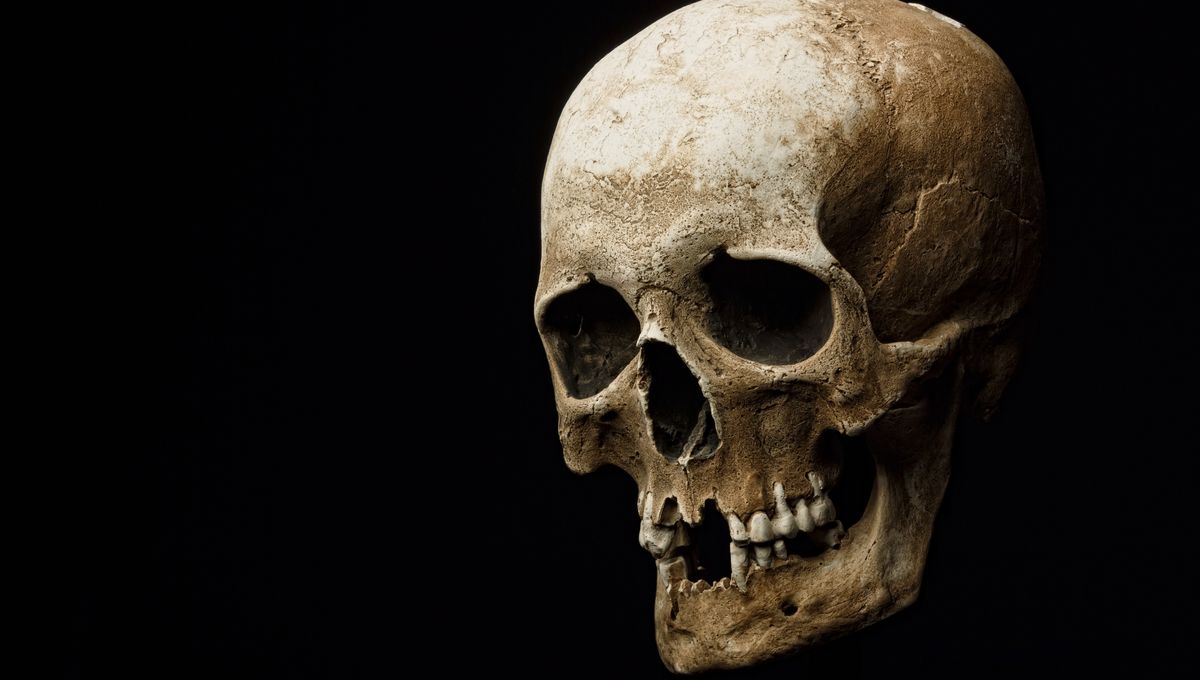
As political violence spread across the northeastern Iberian peninsula during the Iron Age, a gruesome practice that involved nailing decapitated heads to walls became increasingly fashionable. To find out why, a team of researchers has applied stable isotopic analysis to seven of these bodiless bonces, revealing new information about where the victims came from.
ADVERTISEMENT GO AD FREE
The beheading craze appears to have taken off in the sixth century BCE, at a time when territorialization and conflict reached new heights in the region now known as Catalonia. Evidence for this escalation in violence comes from the appearance of fortified settlements at around this time, coupled with the discovery of weapons in tombs alongside bodies displaying unhealed injuries – indicating that they were probably fatal.
Decapitated skulls, some of which show signs of having been treated with cedar oil and other chemicals, also appear in the archaeological record at this point. According to the study authors, these manipulations hint at “the existence of specialists or individuals with specific knowledge of the techniques for this preparation.”
“Therefore, we think it was an activity carried out with some regularity,” they write.
Many of these severed heads were also nailed onto walls, forming horrifying displays that have inspired numerous interpretations and theories regarding their function. “Primarily, three main groups have been established,” say the researchers. “1. skulls exhibited on the walls of houses, interpreted as belonging to enemies or individuals who faced punishment; 2. those discovered within storage pits, interpreted as offerings; and 3. those found within domestic spaces, interpreted as belonging to the most important enemies.”
To learn more about the disturbing practice, the study authors analyzed four skulls from the settlement of Puig Castellar in Barcelona and three from the larger site of Ullastret in Girona. Comparing isotopic data to those obtained from local plants and animals, they found that one of the heads from Puig Castellar came from a local while the other three belonged to individuals from further afield.
The fact that all four were found in areas of “great public exhibition, such as the settlement’s entrance gate”, meanwhile, leads the study authors to suspect that they were probably “trophies of war”.
ADVERTISEMENT GO AD FREE
At Ullastret, two heads turned out to be local, both of which were displayed in domestic settings. “This information may support the hypothesis suggesting that the exposed remains would be important inhabitants of the settlement, possibly venerated or vindicated by society, perhaps associated with family groups or rival factions vying for power,” write the study authors.
In contrast, the third Ullastret skull belonged to an outsider and was found in a pit, which “could align with the hypothesis that the [severed] heads of “enemies” were brought as a trophy, and stored in boxes or pits, a practice documented among the Gauls of southern France.”
Overall, the researchers determine that the individuals chosen for decapitation “do not appear to have been selected randomly,” although it seems as though the beheading trend was inspired by multiple factors and practised for a variety of reasons. For instance, the authors state that “at Puig Castellar, severed heads in public areas could demonstrate power, venerate important community members, or intimidate enemies.”
Meanwhile, “at Ullastret, the location of the heads in exposed areas suggests they were important inhabitants, venerated by local society.”
ADVERTISEMENT GO AD FREE
The study is published in the Journal of Archaeological Science: Reports.
Source Link: Iron Age Sites In Spain Are Littered With Severed Heads. Who Was Decapitated And Why?